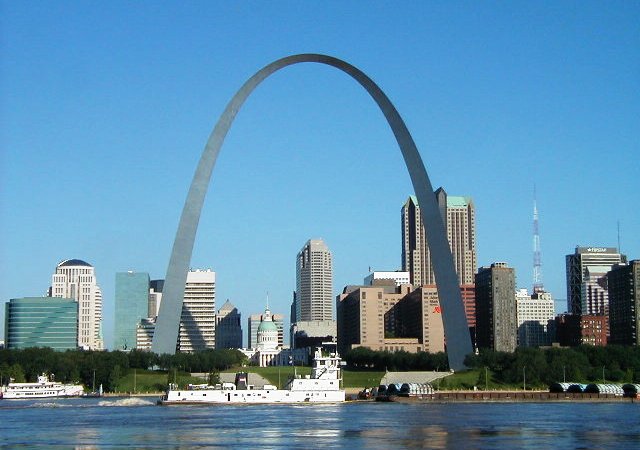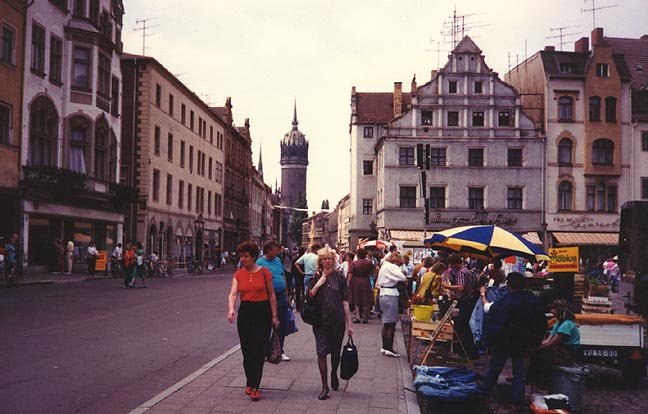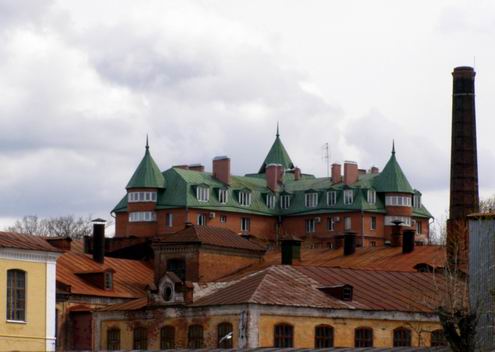The history of mankind remembers many instances when once-booming towns suddenly become empty, their residents leave them, and nature once again takes its domination over the abandoned land. Then, centuries later, scientists discover them scratching their heads over the mystery of what has happened with such perfect settlements and put forward different hypotheses. And yet, sometimes to look at the modern cities, which already bear a stamp of dying, is enough in order to understand what happened in the distant past. There are many such places on earth, here are only the most notable of them.
Detroit, Michigan
Ranking 11th place according to the number of population among U.S. cities, Detroit is increasingly suffering from the slowdown in auto production. Thriving in the wake of the car in the first half of XX century, today this largest city increasingly approaches the decline. Heavily dependent on industrial production, Detroit every time suffered severely from the economic crisis and the currently, only continue to finally break the city.
The symbol of the devastation is often called the Michigan Central Station, built in the heyday, in 1913, and long remained the tallest building among the railway stations in the world. The intensity of passenger traffic on it can be clearly tied to all the cataclysms that happened in the U.S. economy, and finally in 1988 the station was closed. Since then, only birds lived in an abandoned building that was entered on the list of historical values in 1975, but occasionally its atmosphere was revived by the visiting film crews, filming blockbusters here. There were many projects to save the station, but none of them was realized. On April 7, 2009 City Council of Detroit sentenced to demolish the building, but as long as it remains intact, thanks to litigation, started by residents of the city, refusing to destroy their symbol.

St. Louis, Missouri
Like Detroit, this city, founded back in 1763, is heavily dependent on industrial production and sensitive to any economic downturns. Since 1950, it was considered the most endangered U.S. city, because over the years, it was left by 59% of the population. But, despite the fact that the factors affecting the viability of St. Louis are almost similar to Detroit, a scenario here is different. Since the beginning of the century in the reconstruction and development of urban centers have invested nearly 3.5 billion dollars and due to this in the past couple of years there is a small increase in population here. However, the economic success of the city center, the site of Manchester City Council informs, clearly contrasts with the situation in adjacent areas where the population suffers from high concentration of crime, poor health care and substandard housing.

Wittenberg, Germany
Prospered over eight centuries, the city in eastern Germany was absolutely not ready to 1990, when the country has again become a single entity. Nearly a half million Germans have left the Eastern part of the country in search of a better life and 14 thousand of them were residents of Wittenberg. At present, the urban population is reduced to meager 24 thousand and the process is continuing. Many streets in the center of the city are abandoned completely and totally deserted.

Ivanovo, Russia
Even in the 20 years of the last century, Ivanovo, located three hundred kilometers from Moscow, was considered a small town, and its population numbered only 54 thousand. But to the 40th year, thanks to forced industrialization, the population here has reached 280 thousand people, and by 1990 – 450 thousand. Alas, but the transition to a market economy and the collapse of the Soviet Union has adversely affected the fate of the city. The stop of deliveries of cotton from Uzbekistan and cheap textiles from China almost killed the local textile industry. In the place of once the largest textile factory named March 8 is the current clothing market. Residents steadily leave the city, and mortality in the Ivanovo region has long exceeded the birth rate. Things reached the point that in 2008 unnecessary movement of urban trams was discontinued working here since 1934.



